Itsukushima (厳島) is an island in the western part of theInland Sea of Japan, located in the northwest of Hiroshima Bay.
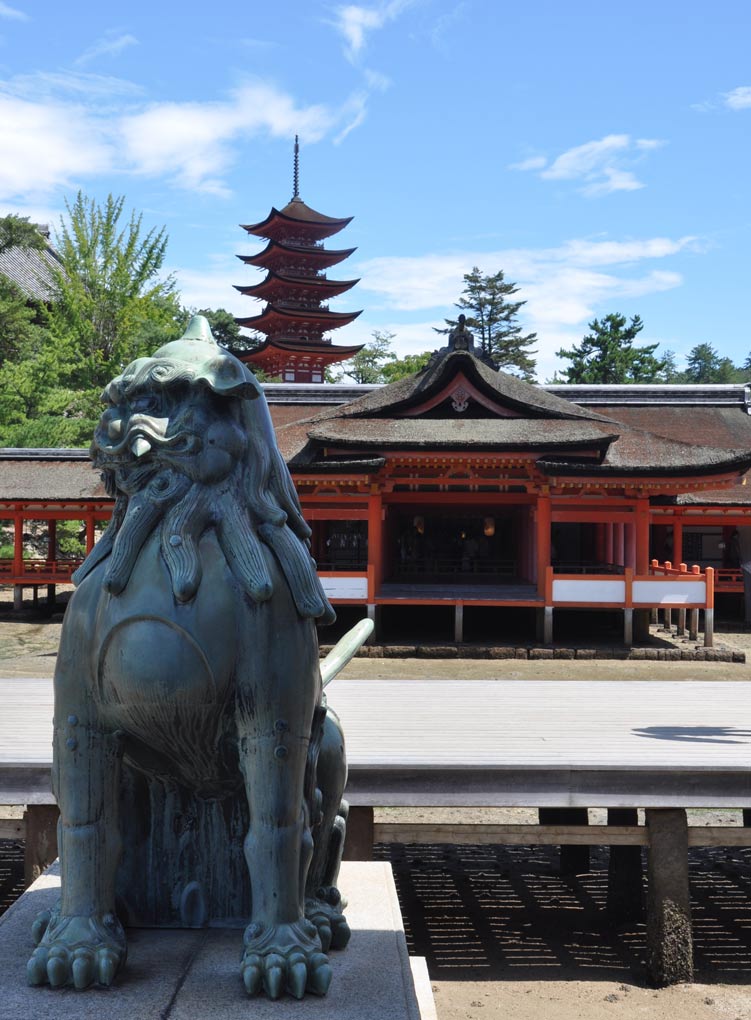
It is popularly known as Miyajima (宮島), which in Japanese means “Shrine Island”.

The island is one of Hayashi Gaho’s Three Views of Japan specified in 1643.
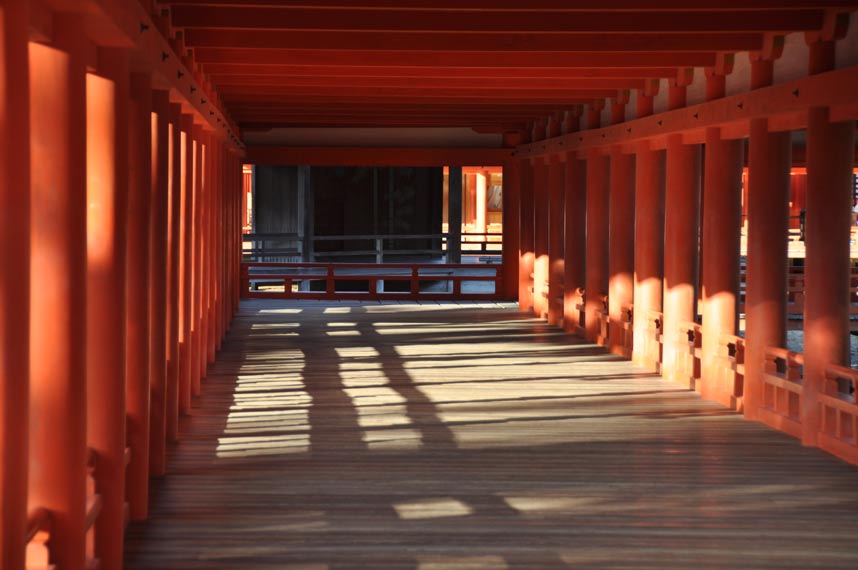
Itsukushima is part of the city of Hatsukaichi in Hiroshima Prefecture.
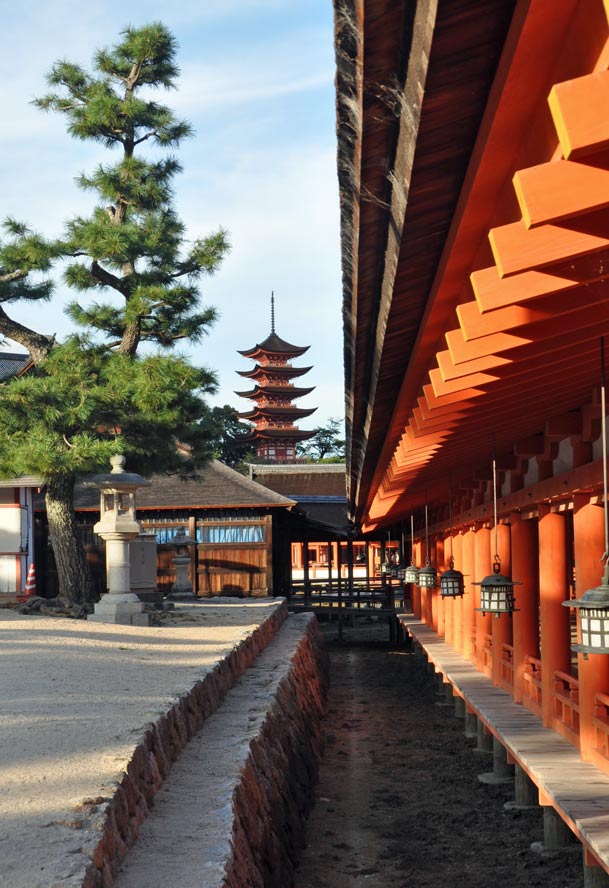
The island was part of the former town of Miyajima before the 2005 merger with Hatsukaichi.
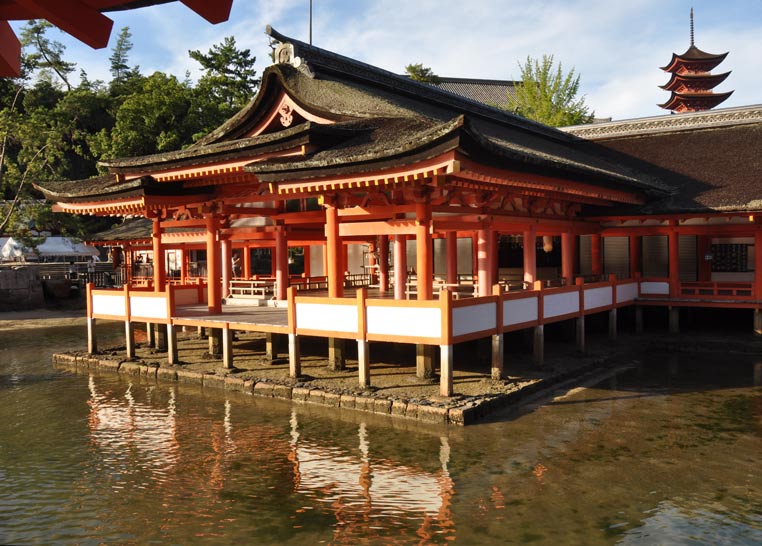
So after a day visit to the Hiroshima Peace memorial, we returned to the railway station and caught the train down to the coast,
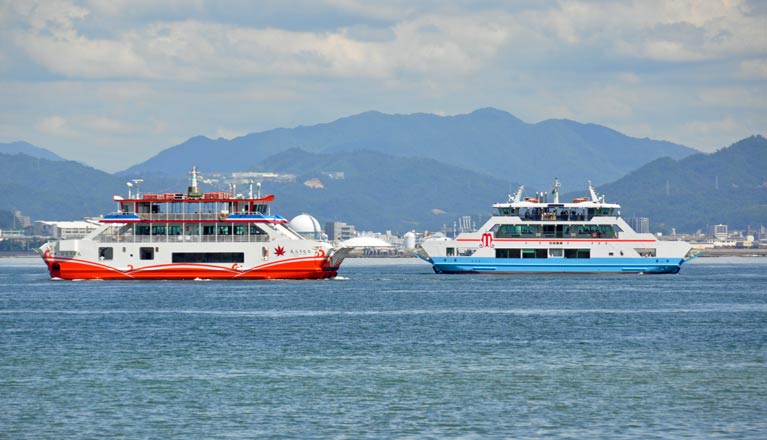
for a ferry to the Island.
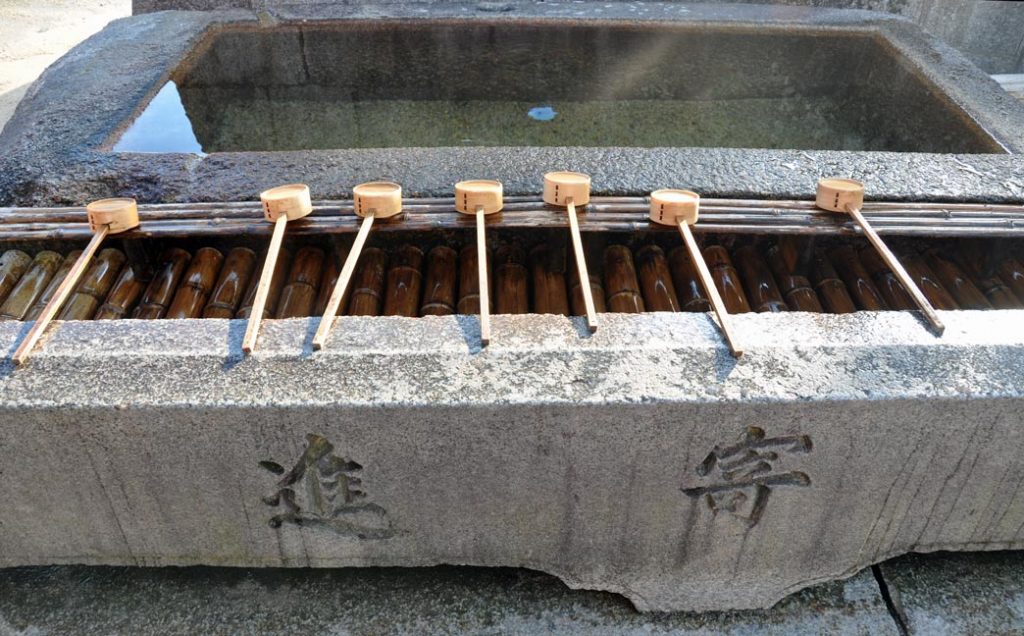
Most tourists visit for the day and then head back to the mainland, but there is real value in staying overnight, or in our case for a few nights.
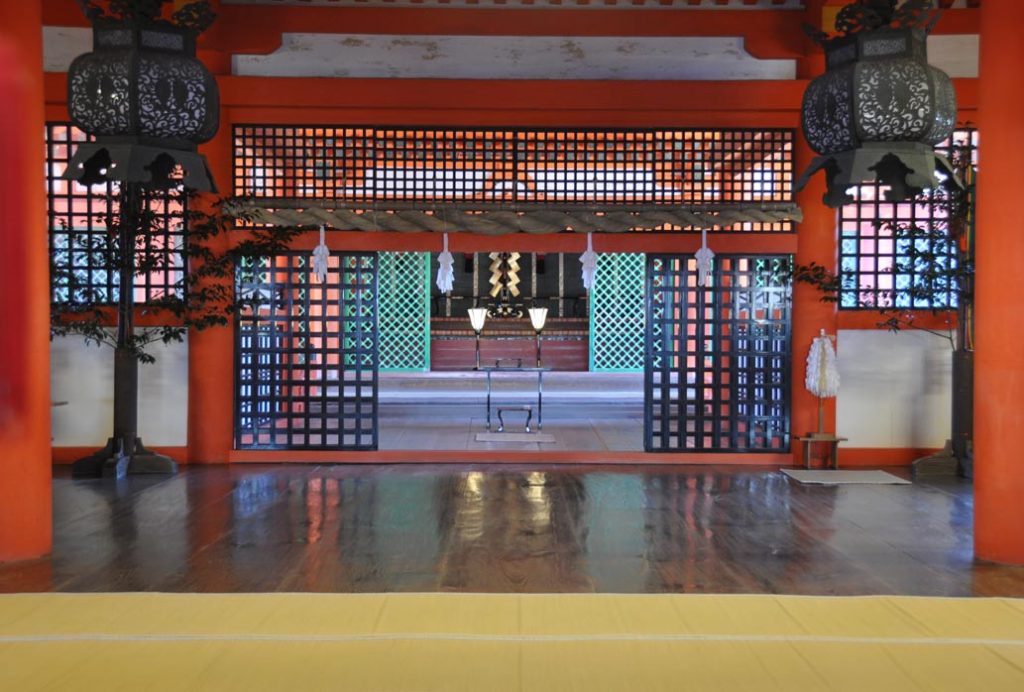
Once the tourists have gone home, the island turns quiet and restful. The shrines you visited in the morning are open reasonably late and can be re-visited with fewer people, and in the case of the Itsukushima Shrine with its famous red tori gates, possibly more water depending on the tide.
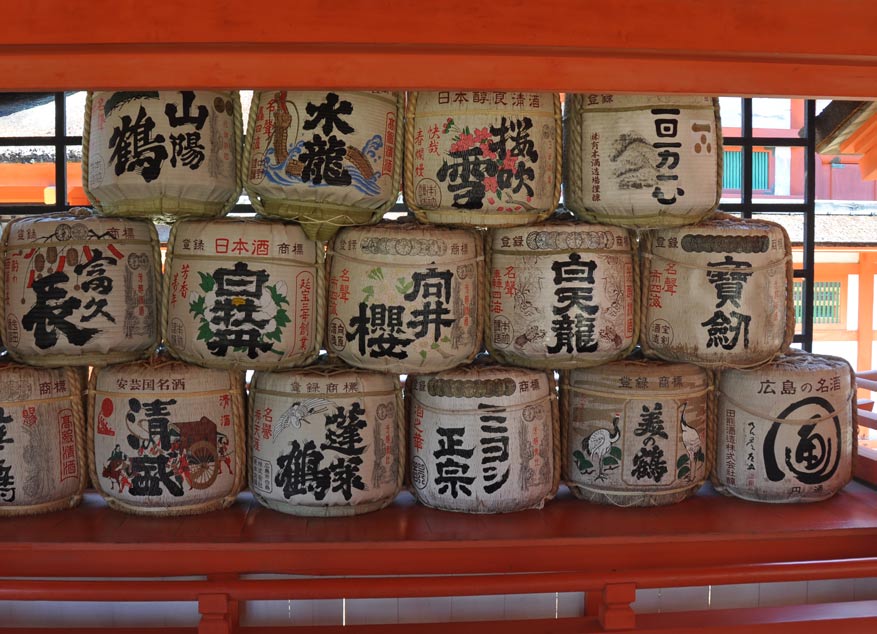
Note that in Japan, the term “shrine” implies a Shinto religious structure and “temple” implies a Buddhist one.
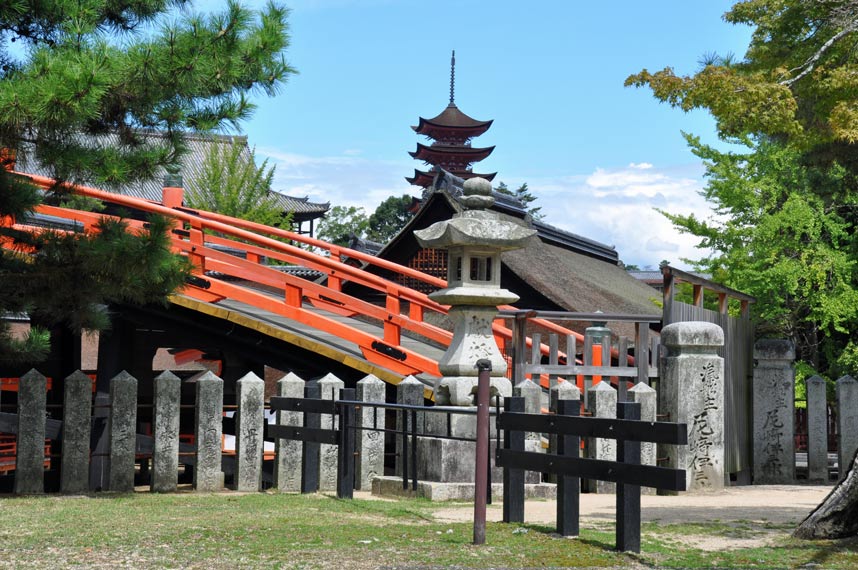
Miyajima is famous for the Itsukishima Shrine (厳島神社, Itsukushima-jinja) which is a shinto shrine, sitting in a shallow coastal harbour, known for its “floating” torii gate.

The historic shrine complex is listed as a UNESCO World heritage site, as well as one of the National treasures by the Japanese government.
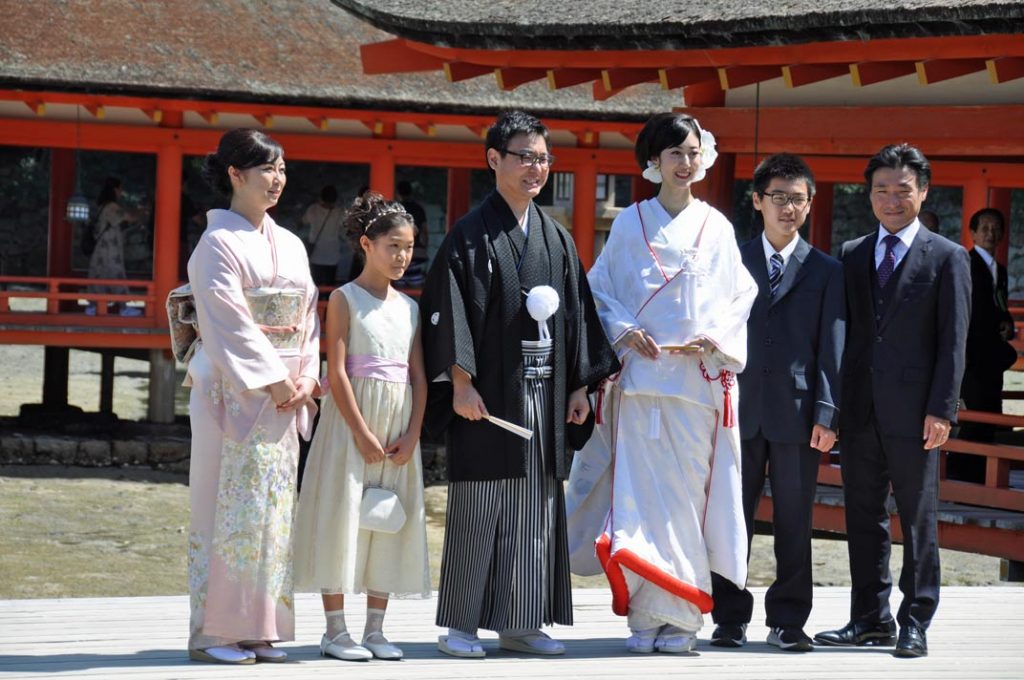
It is also the site visited by many families for a couple’s wedding photos in traditional outfits.
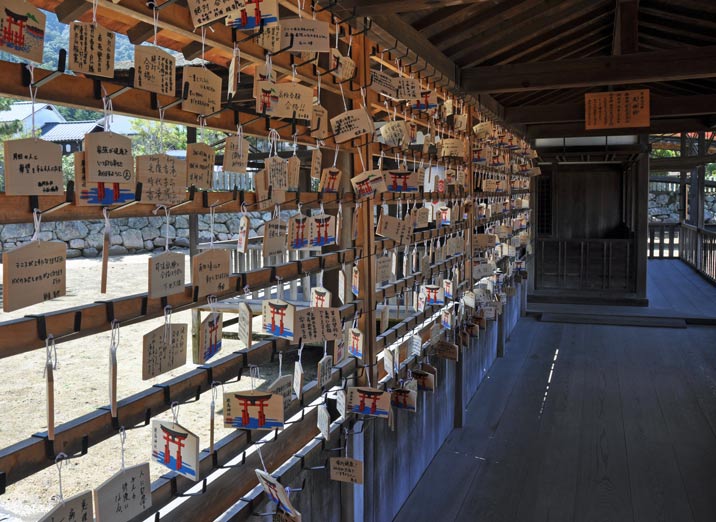
For our visit, the tori gates were being repaired and under cover, but on shrine island there are plenty of beautiful sites to see and visit. More than enough places to make up for missing the gate.






